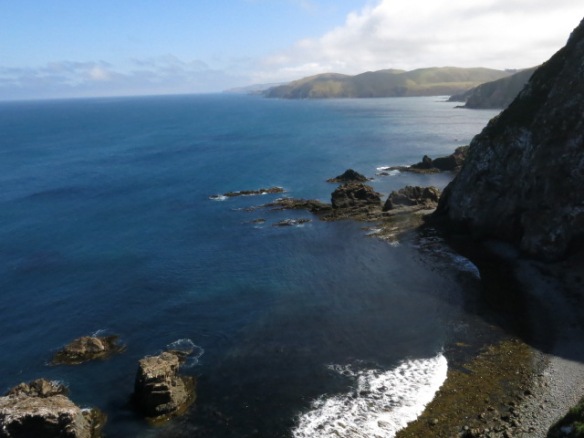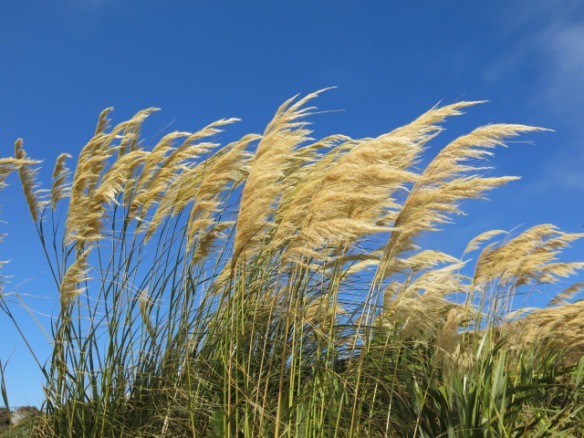
Traveling off the beaten path without an itinerary or reservations can lead to some unexpected pleasures and adventures. this devil-may-care approach can and has landed us in unnerving situations, but in Otago, South Island of New Zealand, we found ourselves happily diverted to unusual events and sights. At least one — a sheep shearing contest — certainly isn’t on your average tourist itinerary.
Sheep Shearing in Balclutha, Otago
Finding ourselves with some extra days, we decided to head to The Catlins in NZ’s southeastern corner to see or ourselves the magnificent terrain. Entering the town of Balclutha, I spied a sign advertising a sheep shearing competition. We decided we just had to go.
The contest centered around an “international” competition highlighting the shearing prowess of native Kiwis against Wales’ best shearers. The competition was amazing. The entire process had hawk-eyed judges examining shearers’ technique (not good to nick the sheep too many times) and assure that no cheating occurred. (I wasn’t sure about the “no cheating” bit; is cheating leaving too much wool on the sheep or ripping it off the sheep with something other than the prescribed set of shears?)
Throughout the competition every clip and buzz of the shears was narrated by a man who sounded somewhere between a carnival barker and the guy who calls the Kentucky Derby. And wool was flying everywhere. It appeared that whoever sheared ten sheep first, won. The Kiwi who finished first sheared his ten in less than 20 minutes, which seemed pretty fast to me.


What was interesting was watching the wool-gatherers — almost all women and no slouches — as they scurried around gathering up the shorn wool, sorting it in a mad frenzy of whirling arms into different baskets, or swiftly sweeping up those pesky remnants of wool balls all over the floor. I later found out that the wool-gatherers are also judged as to how well they sort the wool. Apparently you have to put the belly wool in one basket, armpit wool in another, dirty, backside wool in yet another. (OK, I’m probably exaggerating a bit here, but not much. there really are standards and rules for wool sorting.) In fact, there are a whole host of shearing rules that must be adhered to; an infraction leads to added points, and, as in golf, the less points you accrue, the better you are.

Needless to say, the Kiwis won. The two Men in Black will advance to the National Sheep Shearing Competition.
On to the Catlins
Having amused ourselves with the shearing competition, we set off again for The Catlins, a scenic stretch of southeastern NZ coastline with peaks and bays, blowholes and rocks waiting to cause a shipwreck. Absolutely breathtaking.




Onward to Otago Peninsula
We spent three delightful days exploring the Otago Peninsula in the southeast of NZ’s South Island, east of the city of Dunedin. The scenery was stunning, which we eagerly explored, but the real draw for us was the wildlife.

I mentioned in the beginning the Royal Albatross Colony on Taiaroa Head, at the tip of the Peninsula. We hiked to the top of the RAC’s land to observe nesting albatrosses. The staff at the center take seriously their mission to protect this magnificent birds and assist in their breeding. On hot days such as the day we visited, rangers turn on sprinklers planted at intervals among the nests to give the laying birds a cooling mist.
The Royal Albatross is second only to the Wandering Albatross in wingspan; the RA runs an average of a 3 m. span (9.8+ ft.). They generally lay an egg every other year; the juvenile albatross leaves the home territory at about age 9-12 months, and stays aloft at sea for five years before returning to the natal home. The juniors usually are usually about 7+ years old before they find a mate and begin to reproduce. A combination of their late breeding and the devastation in numbers during the 19th-20th c. keep their numbers sufficiently low to be considered vulnerable.

My favorite of the wildlife we observed were the Blue Penguins, the smallest of the 17 penguin species. Previously we had seen up close a molting Blue in Akaroa on the Banks Peninsula, east of Christ Church, and, observed in Omaru the penguins’ ritual nighttime “parade” as they waddled ashore from a long day’s hunting out in the ocean. Otago is the only place in NZ where people are allowed to photograph these extremely shy birds, and only without use of flash.






One other form of critter caught our attention, but not out in the wild but at the Otago Museum’s Discovery World Tropical Forest, a multi-story tropical rain forest biosphere full of butterflies and moths from around the world. I became a bit attached to them myself.



![]()

Carol Barbier Rolnick grew up in Japan and Southeast Asia, traveling extensively as a child through Asia, the Mideast and Europe on family vacations. Travel has continued as a priority through raising kids and continuing into retirement, extending adventures through the Americas, southern Africa, Asia, and repeat trips throughout Europe. Carol and her husband, Michael spent four summers based in Utrecht, The Netherlands, which has become like a second home. They are (still) aiming towards Australia-New Zealand and Antarctica to round off their continental travels.








